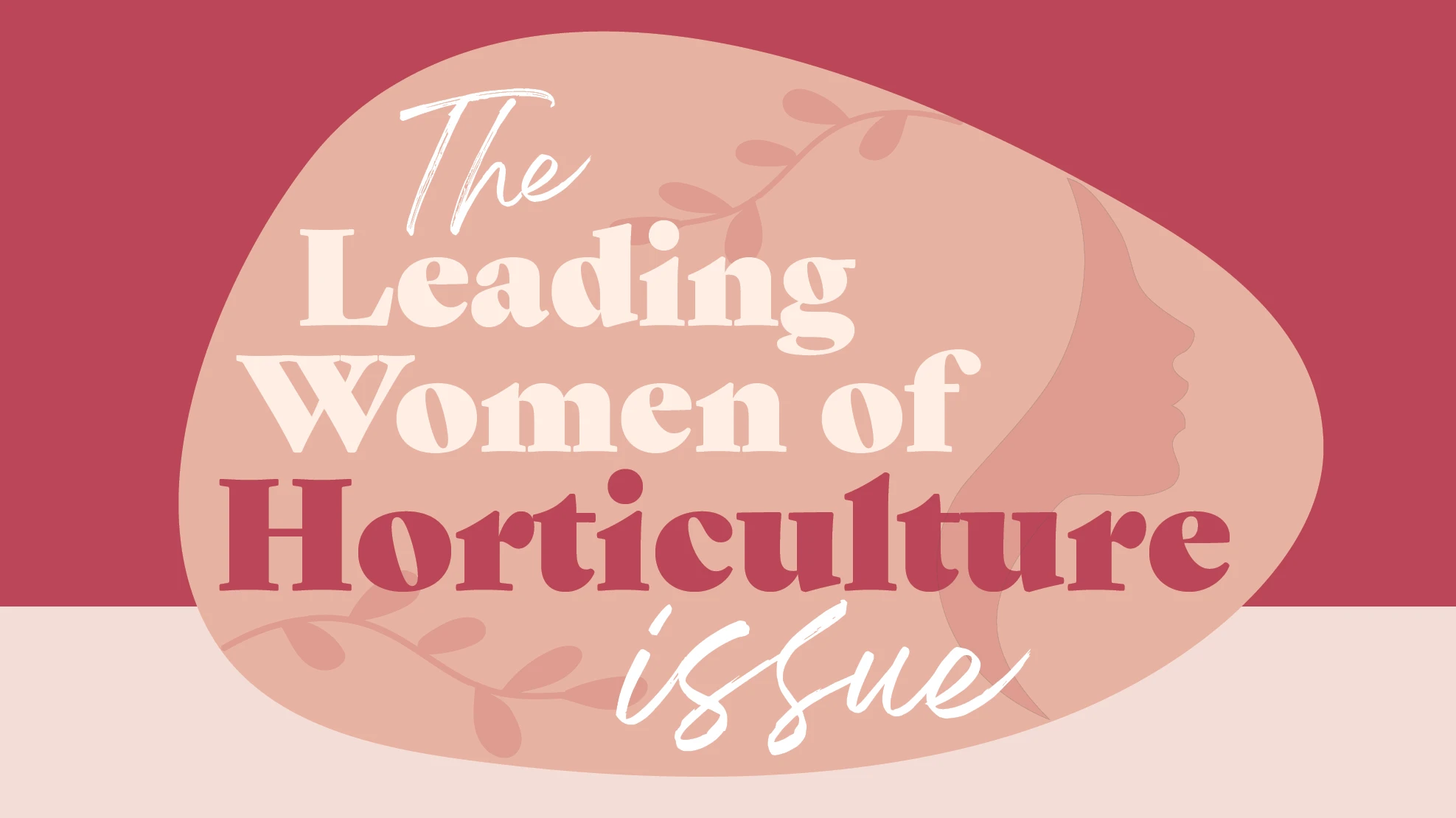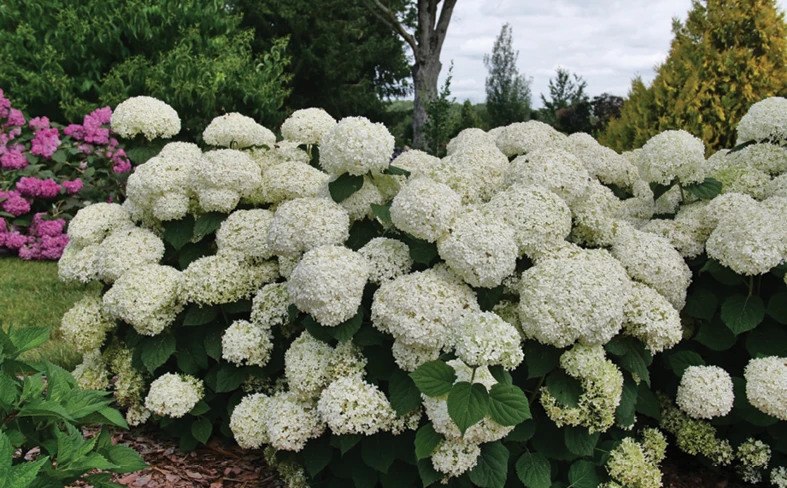

We caught up with Todd Baker, owner of Baker’s Nursery in Bayfield, Ontario, Canada, to find out which parts of his nursery are automated. Baker’s Nursery grows young plants for growers in eastern North America. Plants are propagated by cuttings and divisions, as well as tissue culture. Baker and his team grow tree liners in containers; grass plugs and perennials in plugs up to quarts; and woody cuttings in plugs and quarts. Field production for grass and perennials totals 15 acres along with half an acre of greenhouse space and a quarter of an acres of outdoor production space. The nursery is active about 10 months a year with a staff of four to 10 people, depending on the time of year.
Nursery Management: At what point did you realize automation was needed? Was it due to a labor shortage or an efficiency problem?
Todd Baker: It had more to do with the fact that we are very hands-on in our business and prefer to work smart vs. hard. We have been fortunate to have always had a reliable local labor pool. In the past, we had 30 staff at peak. Now we are usually less than 10. And looking at systems has been a sideline hobby for years. I have always sought ‘flow’ in the work processes.
NM: What did you finally decide to implement?
TB: The investments we have made are designed to eliminate pinch points or quality traps. The vacuum trimmer, which we began using three years ago, allows us to quickly process many plants with almost perfect consistency. Last season we installed a pot/flat-filling machine. This year’s investment has been in RFID cloud-based inventory and sales management.
NM: What type of capital investment did it entail? What advice would you give growers trying to decide on how it pays off for them?TB: Our nursery is a small, boutique young-plant operation. The annual investment is usually $20,000 to $40,000. Payback? Well, it starts with ‘Will this improve the quality of life of me and my staff?’ Less bending, lifting etc. Every business has jobs nobody wants to do. I don’t want to do them, either. Payoff can be measured two ways: costing you less for the same task finished or, my preference, more money coming in from the same task/investment/space etc. Don’t forget about being able to take advantage of timing. If the perfect window for an operation is one day long and you take a week, you are diminishing the potential value of your crop.
NM: How has automation changed production?
TB: Each piece has its own story related to changed production, but the common denominator is that they make the work faster and easier. Happy people do better work.
NM: What are the pros and cons?

TB: Pro: machinery allows repeatable consistency. You can develop written protocols for the tasks which eliminates uncertainty. Cons: Sometimes the noise interferes with pleasant conversation. Setup time can be variable depending on how familiar staff are with the changeovers .
NM: What is your expected return on investment (ROI) of these investments?
TB: The trimmer was a $20,000 acquisition cost. We compared how long it took to hand-trim 1,000 quarts vs. the trimmer. We found it saved $10 per 1,000 plants compared to the manual version we had set up, including trimming by an experienced staff person and cleanup of trimmings from the walkways. With the trimmer we pick up the plants, trim and set down. The $10 per 1,000 didn’t include the extra jobs completed. We removed any culls or dead plants. Now we’re able to set down full trays and have a more accurate inventory count. The space recovery, inventory accuracy and simplicity are worth more than the savings. Not to mention the skill requirement is lower and the output is 100% consistent. So, if I estimate the savings of $10 per 1,000 plus another $15 for the consolidation/inventory accuracy, the trimmer is paid after 800,000 plants have been trimmed. Our woody plants get trimmed twice, and now that we have it, we also trim our 72 trays out of propagation as well.
For more: www.bakersnursery.ca

Todd Baker is the owner of Baker’s Nursery in Bayfield, Ontario, Canada, along with his wife Susan. The young plant nursery, which includes a tissue culture lab, ships product across eastern North America.
Get curated news on YOUR industry.
Enter your email to receive our newsletters.
Explore the June 2020 Issue
Check out more from this issue and find your next story to read.







